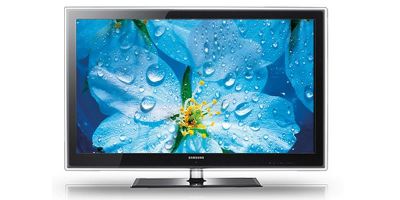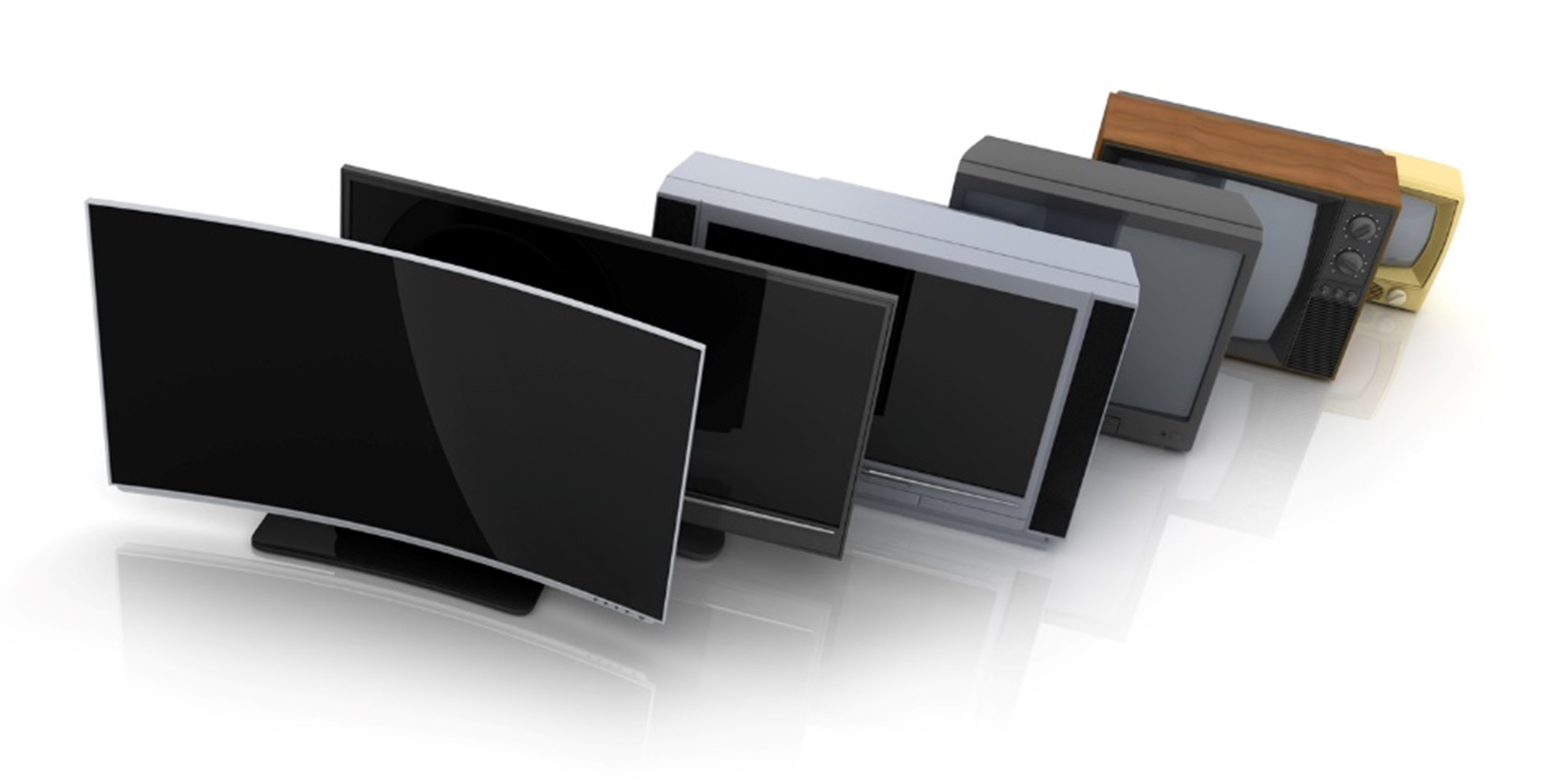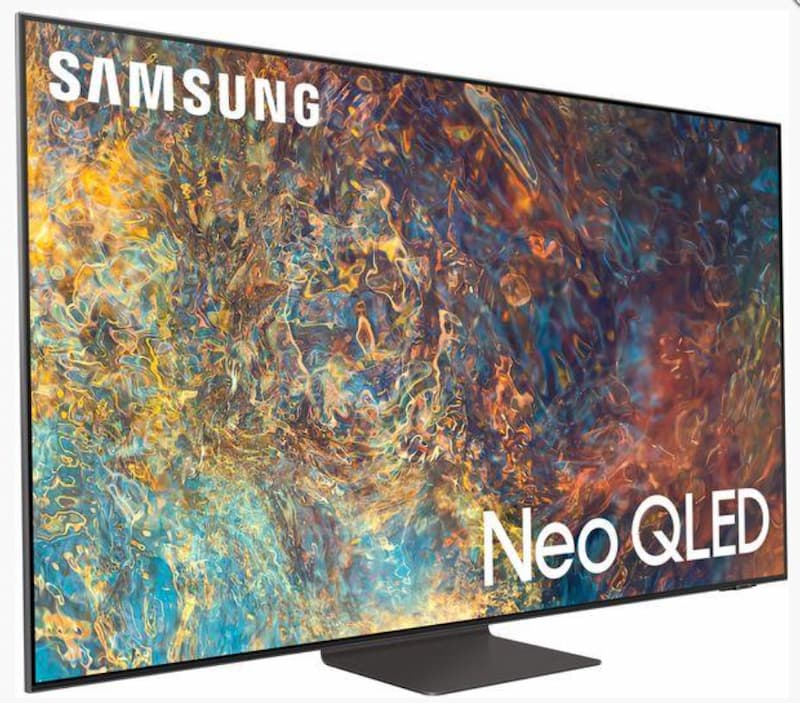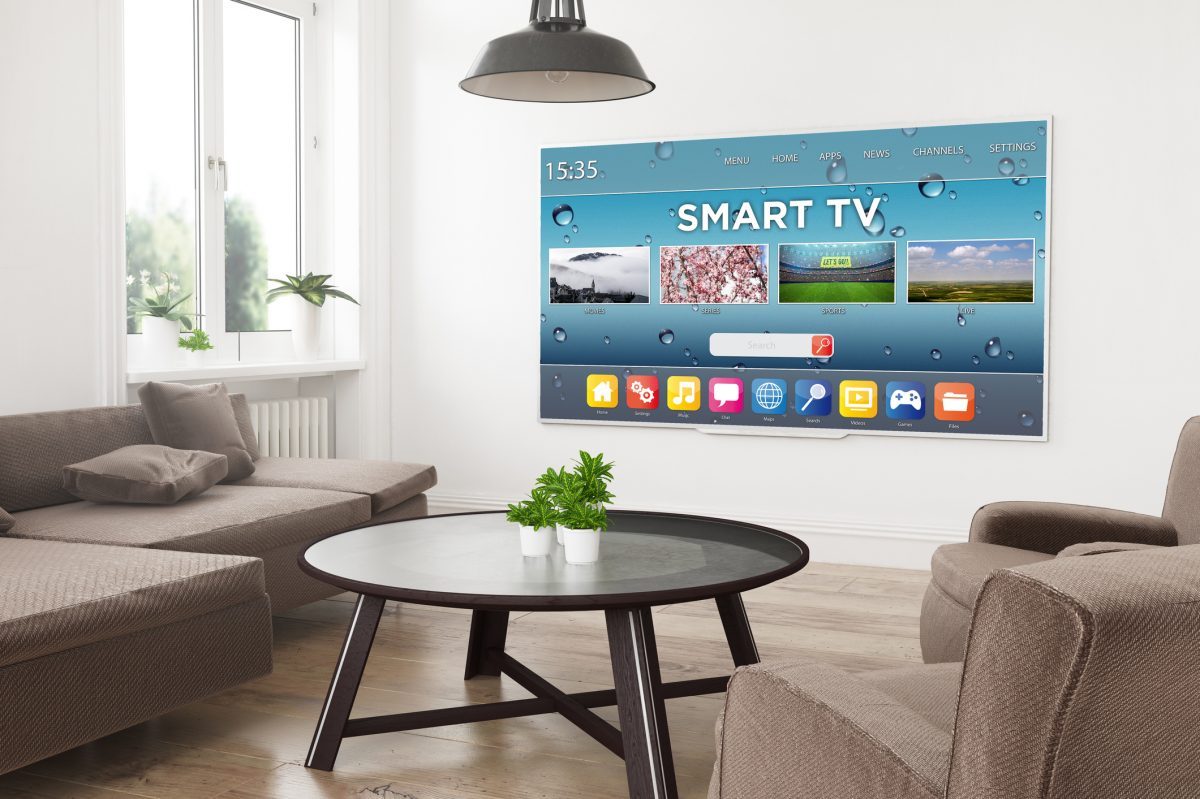Now we’re clear on the differences between Plasma and LCD TVs, it is time to take a look at the difference between LED and LCD screens. This comment is actually slightly misleading as LED screens are just a certain type of LCD screens. LED screens have the same kind of liquid crystal display producing colours and shapes for the viewer; the difference is in what kind of backlight is used.
Traditional LCD TVs use a fluorescent lamp to shine through the liquid crystals of the display to produce the image. These kinds of lamps use the same technology to produce their light as the strip lights in your office, and a similar method to energy saving light bulbs in your home. LED LCD TVs differ in that their light is provided by a net of Light Emitting Diodes (essentially very small lights) across the back of the screen. Most LED TVs use all white lights, while in others the LEDs are red green or blue, which in turn provides richer, deeper colours.
The main difference between them is that LEDs offer complete control of the light intensity at any point of the screen, allowing for better colours, contrast and all round picture quality, whereas traditional LCD backlights will always have some areas of the screen darker than others.
In reality the benefit can only be seen on screen sizes over 40”, so if you’re in the market for a Samsung 32 LCD TV then there is no need to pay the premium for an LED backlight. However If you need a larger screen then there are a variety of different Samsung LCD TVs featuring the technology. The best news is that LED TVs soak up on average 40% less power than their fluorescent cousins, so you’ll be doing your bit for the environment too.








